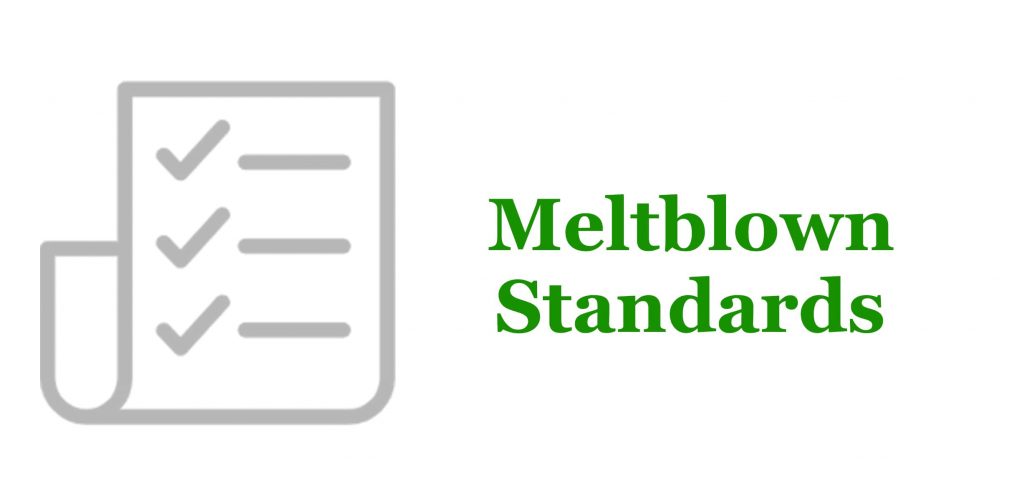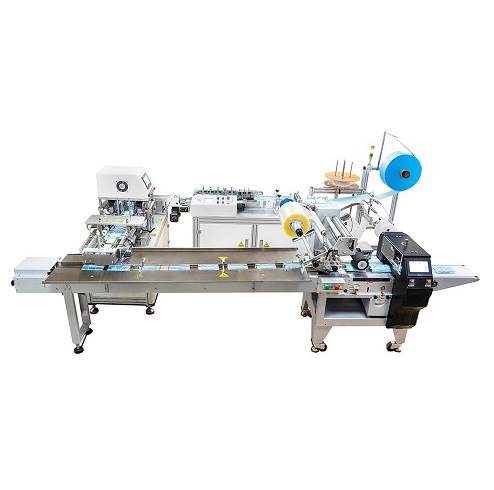Now, mask factories in European and American countries are facing some pressure: on the one…
Lessons I’ve Learned As a Meltblown Nonwoven Fabric Material Buyer in the Past Two Months
“I began the journey with great confidence, we have been in the textile testing instruments industry for a decade…but I never imaged that buying meltblown nonwoven fabric material could be that hard and lessons gained cost could be that high…”
said by Forrest, Founder & CEO of TESTEX, below is the story of the past two months after he decided to buy meltblown nonwoven fabric material for mask production.
The story came as four stages, and I wish you can get rid of the first three.

Stage 1: Seeing is believing is not true here, when referring to buy meltblown nonwoven fabric material
Right after we planed to produce the masks ourselves, we begin to source the most important mask material – meltblown nonwoven material, the filter material.
We made the purchasing decision by touching the fabric and burn it, just like many videos on youtube telling how to distinguish meltblown nonwoven cloth, but this can tell you nothing about the quality, and the seller was the boss, people queued to buy, they didn’t give a shit to your requirements!
The crazy fact was some suppliers sold out dozens of tons of so-called meltblown nonwoven fabric material, which turned out to be just normal pp non-woven…
Stage 2: Random testing is not enough
Ok, meltblown material testing became a phrase spreading the Wechat group(Facebook Group in China) of meltblown non-woven fabric material buyer, we began to tear pcs of the meltblown fabric roll as samples for further testing, once passed as qualified, we would pay the money, but this also could not stop the speculator’s trick of mixing the fake ones with the good ones in one batch. we lost money, no exception!
Stage 3: Quality is not the only thing needed to be considered
Lessons learned, money lost, slowed down the pace we made the purchasing, but we had to move on, so we scaled down the range of our suppliers, we decided to work with the manufacturer directly, and limited our selection to those factories which have their own quality control labs with instruments to test the fabric, and choose those who validated the quality of each roll, safety enough?

While it turned out that meltblown quality is just the cornerstone, we indeed bought the qualified meltblown nonwoven fabric material in this stage, but we ignored the other specifications, like the width, the package, the diameter of each roll, and etc, we failed to turn these meltdown to masks, due to these aspects that didn’t seem important.
No one was to blame in this stage, both us and the manufacturer did not have a clear picture of what a right meltblown nonwoven fabric material should be.
After these 3 stages, we found the solution finally, that comes to our current stage:
Setting up our own standards, and cooperated with manufacturers which can meet our requirements.

After so many trial and errors, we created the detailed standard for the meltblown fabric material we looking for, and now we are only looking for well-known enterprises with their own quality standards(meeting our standard requirements), laboratories, quality control processes and capabilities, formal packaging and labeling specifications, etc.
For other suppliers, the answer is NO! the risk is too much, and unless you have a full set of quality control experience and corresponding capabilities (personnel and equipment), otherwise, 99.99% you will lose the money because they don’t know whether they can do it, the only thing these suppliers can ensure you, is their low prices and swore to god that their quality is HIGH and No problem at all…
We lost million of cash for these lessons, what about your story? I wish you have done a better job than us, and good luck if you are still in the prior 3 stages.




This Post Has 0 Comments